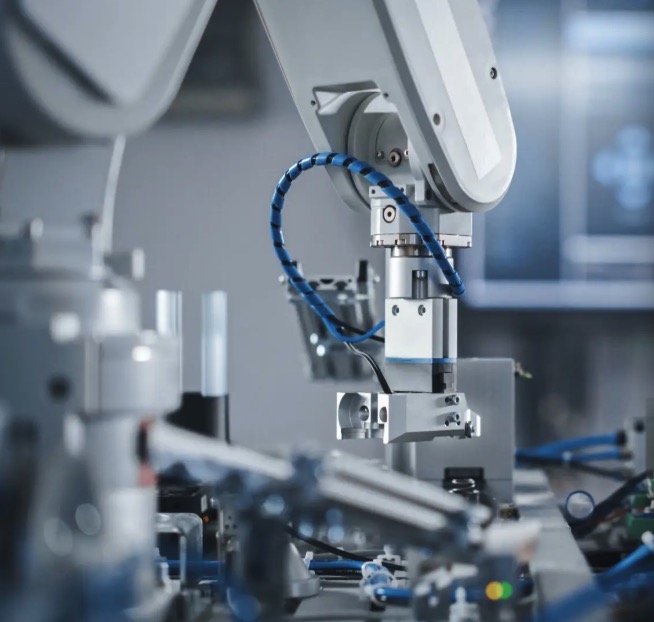Thermal Transducer: The Key to Efficient Heat Transfer
Abstract: In this article, we will explore the fascinating world of thermal transducers and their role in optimizing heat transfer. From the basics of thermal conduction to innovative applications, we’ll dive into the science behind these devices and how they contribute to energy efficiency. Join us on this journey as we unravel the secrets of thermal transducers and their impact on various industries.
1. Introduction
Heat transfer is a fundamental concept in engineering and plays a crucial role in numerous applications. Whether it’s maintaining optimal temperatures in electronic devices or maximizing energy efficiency in industrial processes, the ability to efficiently transfer heat is essential. This is where thermal transducers come into play.
2. Understanding Thermal Transduction
Thermal transducers are devices that convert one form of thermal energy into another. They are designed to facilitate the efficient transfer of heat by converting thermal energy into other usable forms, such as electrical or mechanical energy. By harnessing the principles of thermodynamics, these transducers enable precise control and manipulation of heat flow.
2.1 Types of Thermal Transducers
There are various types of thermal transducers, each with its unique characteristics and applications. Some common examples include:
- Thermoelectric Generators (TEGs): TEGs convert temperature differences into electrical energy, making them ideal for waste heat recovery and power generation.
- Peltier Coolers: These transducers leverage the Peltier effect to create a temperature difference, enabling both cooling and heating applications.
- Thermistors: Used for temperature sensing, thermistors exhibit a change in electrical resistance with temperature, allowing for precise temperature measurements.
3. Applications of Thermal Transducers
The versatility of thermal transducers finds applications across various industries. Let’s explore some notable examples:
3.1 Energy Harvesting
With the increasing demand for sustainable energy solutions, thermal transducers play a vital role in energy harvesting. By converting waste heat into usable electricity, TEGs contribute to enhancing energy efficiency and reducing carbon footprint.
3.2 Electronics Cooling
Effective cooling is crucial for maintaining the performance and reliability of electronic devices. Peltier coolers, with their ability to provide localized cooling, find applications in high-performance computing, telecommunications, and aerospace industries.
3.3 Temperature Control
Precision temperature control is essential in various processes, ranging from industrial manufacturing to scientific research. Thermistors, with their accurate temperature sensing capabilities, enable efficient control and monitoring of temperature-sensitive systems.
4. Advancements and Future Trends
The field of thermal transduction is continuously evolving, driven by advancements in materials, design techniques, and energy-efficient solutions. Researchers are exploring new materials with enhanced thermoelectric properties, such as nanomaterials and hybrid structures, to improve the performance of thermal transducers.
Additionally, the integration of artificial intelligence and IoT technology is opening up new possibilities for optimized heat transfer. Smart thermal transducers that can dynamically adapt to changing conditions and self-regulate heat flow are being developed, promising increased efficiency and reduced energy consumption.
5. Conclusion
Thermal transducers are at the forefront of enhancing energy efficiency and optimizing heat transfer in various industries. By harnessing the principles of thermodynamics and converting thermal energy into other usable forms, these devices have the potential to revolutionize the way we manage heat. As research and innovation in this field continue to advance, we can expect even more efficient and sustainable solutions in the future.




